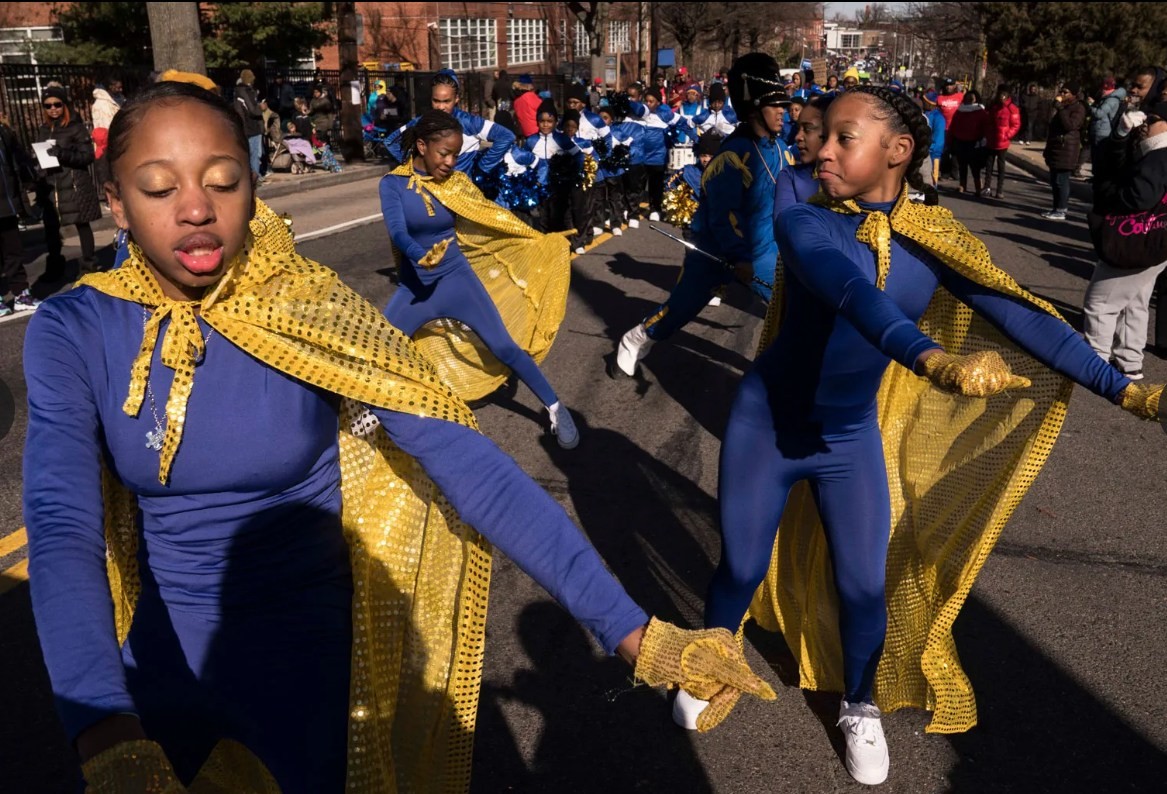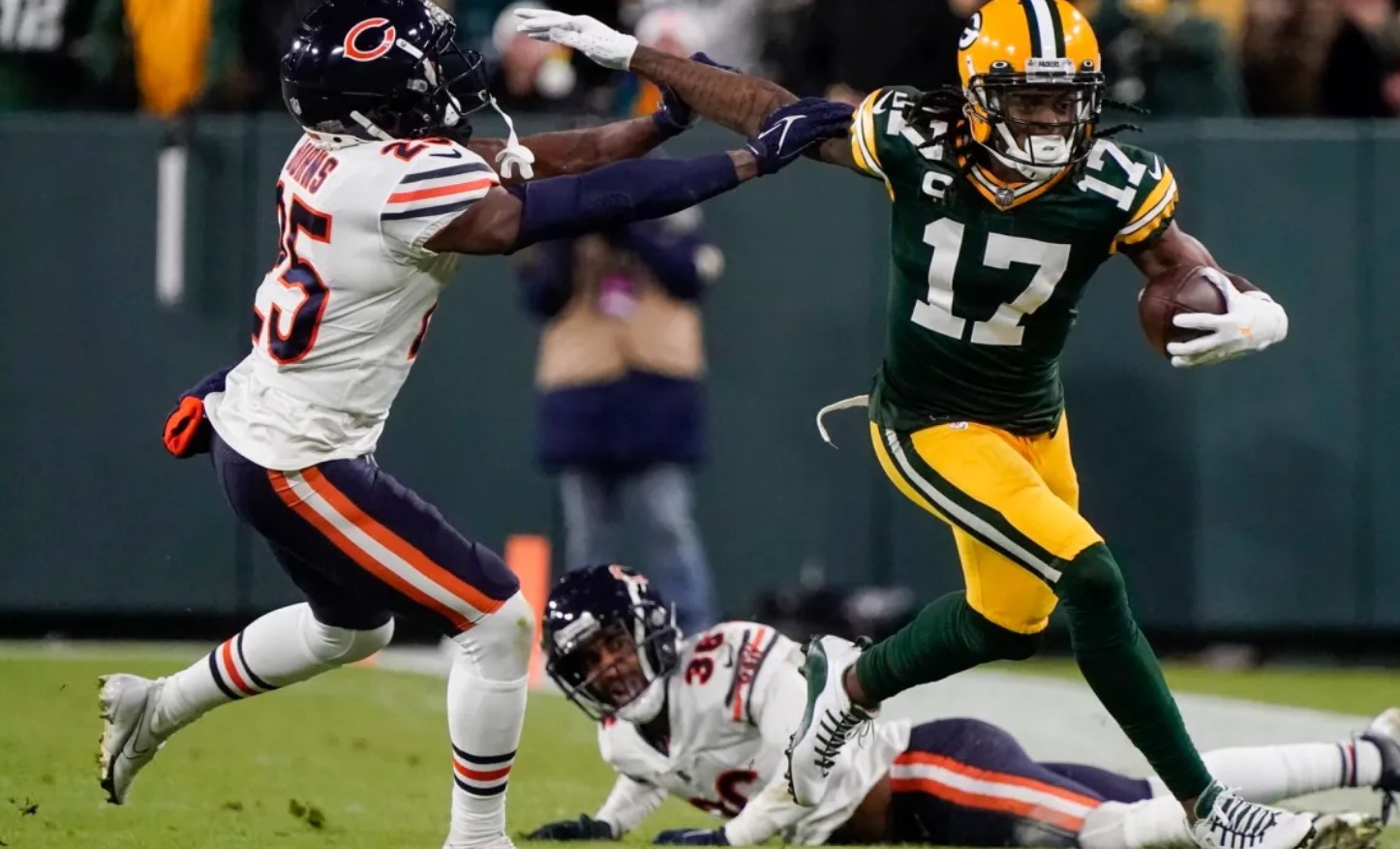Facts about Cold Moon - Last Full Moon of the Year: Date, Timings, All you need to Know
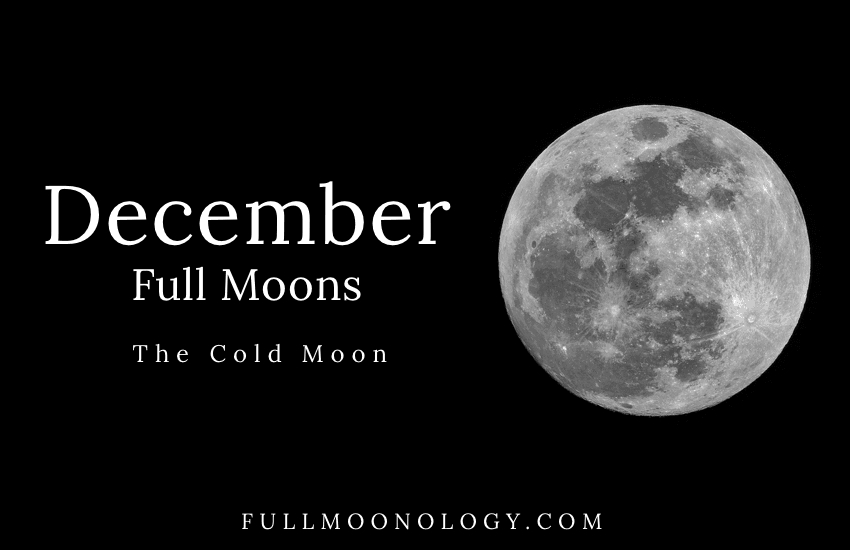 |
| Facts about the last Full Moon (Cold Moon) of the Year - Photo: Fullmoonology |
The Moon reaches 100 percent illumination at the global time of 03:29 Universal Time on Wednesday, 30 December.
What is a full Moon?
A full Moon occurs when the Moon appears as a complete circle in the sky. We see it as a full orb because the whole of the side of the Moon facing the Earth is lit up by the Sun's rays.
The Moon produces no visible light of its own, so we can only see the parts of the Moon that are lit up by other objects.
A small amount of light comes from distant stars and the reflection of light from the Earth (known as 'Earthshine'). However the main source of light for the Moon is the Sun.
The last Full Moon of the year also known as the Cold Moon will also be the highest full moon in the entire Gregorian year.
Like every full moon, December’s full moon has its own special characteristics. And like every full moon, it carries a name. At northerly latitudes, we call the December full moon the Cold Moon or Long Night Moon. It shines in the sky from dusk to dawn, like a wonderful nocturnal sun, giving us a much-appreciated reprieve in the season of diminished daylight.
What is the Cold Moon?
The Cold Moon is the last cosmic event of a very busy December, which has already brought a meteor shower, a solar eclipse, and the Great Conjunction.
The Cold Moon comes from the Mohawk, who chose the name to signify the time of year when the weather becomes frigid, per The Old Farmer’s Almanac. Other names include the Frost Moon, the Winter Moon, and the Long Night Moon, Prevention cites. It’s sometimes referred to as the Full Long Night’s Moon or the Moon before Yule, as cited by True Jersey. (The yule refers to the Pagan celebration of the winter solstice — the moment winter officially starts).
Interestingly, the final and 13th full moon of 2020 will be visible on two different days, as cited by First Post. The peak illumination of the full moon is supposed to take place on Wednesday, 30 December at 30 Dec, 9.00 am IST (Tuesday, 29 December, at 10.30 pm EST). NASA says that people can begin to spot the December full moon just before sunset. Rising before sunset and hanging high in the sky, this is one of the most viewer-friendly full moons of the year.
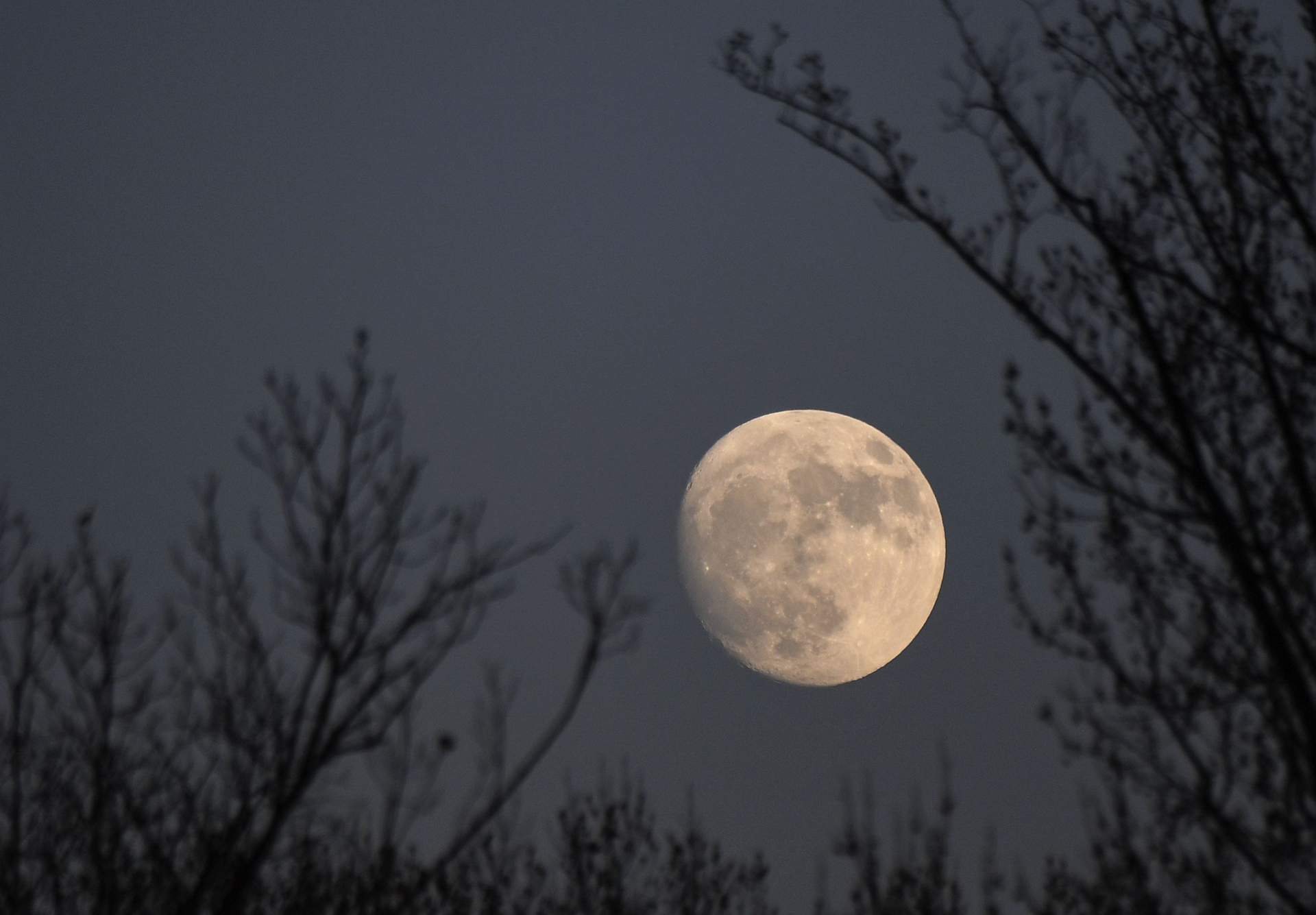 |
| The full December moon, nicknamed the cold moon because of the cold winter season. Photo: Country Living Magazine |
When is the 29 December 2020 Full Moon happening in US?
- 7:28 pm Tuesday, 29 December 2020 in Los Angeles, California (PST)
- 8:28 pm Tuesday, 29 December 2020 in Denver, Colorado (MST)
- 9:28 pm Tuesday, 29 December 2020 in Chicago, Illinois (CST)
- 10:28 pm Tuesday, 29 December 2020 in New York, New York (EST)
- 3:28 am Wednesday, 30 December 2020 in London, UK (UT)
- 8:58 am Wednesday, 30 December 2020 in New Delhi, India (IST)
- 1:28 pm Wednesday, 30 December 2020, in Brisbane, Australia (AEST)
- 2:28 pm Wednesday, 30 December 2020, in Sydney, Australia (AEDT)
- 4:28 pm Wednesday, 30 December 2020 in Auckland, New Zealand (NZST)
Cold Moon 2020 - Date and timings in India
In India, it is going to take place on December 30 and the best time to watch this is at 8:58 pm.
In North India full moon day is known as Purnima or Poornima and in South India full moon day is known as Pournami or Pournima. As per drikpanchang.com, Margashirsha, Shukla Purnima begins at 07:54 on Dec 29 and ends at 08:57 on Dec 30.
The best time to view the Cold Moon in India will be at 7:54 pm IST on 29 December and 8:57 pm on 30 December.
When Will the Cold Moon be Visible in India?
The best time to view the Cold Moon in India will be at 7:54 pm IST on 29 December and 8:57 pm on 30 December. The best time to watch full moons is when they can be most easily seen, during moonrise, which occurs in the eastern sky. The peak time to watch the Cold Moon is around 15 minutes after moonrise.
The full moon of December always rises the highest in the sky. The Cold Moon comes just a few days after the longest night of the year. Because of this, the Cold Moon will take a higher and more northerly trajectory in the night sky as it is opposite to the low sun.
The moon will be above the horizon longer than at other time of the year and pass close to the zenith, the point directly overhead in the sky.
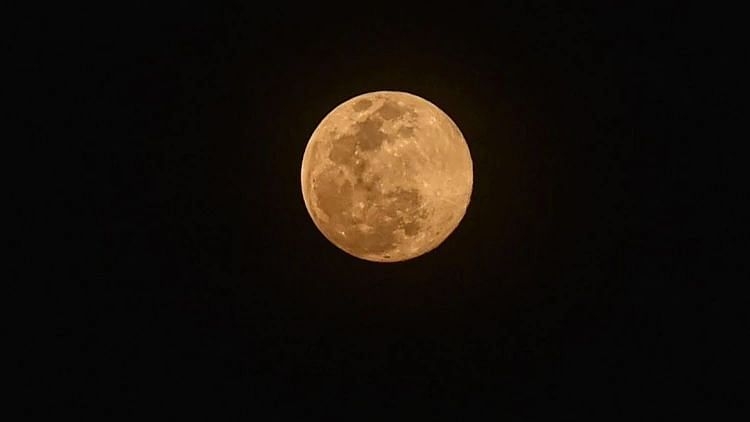 |
| Cold Moon 2020 - Date and timings in India |
| Full moons are a time for endings, for saying goodbye, for things coming to a close. While most of us are probably ready to usher 2020 out the door, even the most welcome goodbyes can be tough on us — so take care of yourself as we close out the year. Stay in close touch with loved ones, ramp up the self-care, and remember to breathe. |
What makes Cold Moon 2020 special?
The Cold Moon will have a distinctively high trajectory across the sky. This results in the moon being visible over the horizon for a longer period of time.
It is also called the ‘Long Night Moon’ as the event occurs on one of the longest nights of the year. This is because the date is fairly near to the winter solstice. As it takes place just after Christmas, the full moon is called the ‘Moon After Yule’ in Europe as well. According to the Old Farmer’s Almanac, the name Cold Moon has seeped in from some traditions observed by the native Americans. The name refers to the “frigid conditions of this time of year”, as cited by First Post.
According to a report by Forbes, the timing of the Moon reaching its peak illumination is behind the globe spotting the Cold Moon on two different dates. While the Asia Pacific, Europe and Africa will have a full moon on 30 December, both South America and North America will have it a day prior, on 29 December.
After this, the full moon is going to appear to be a full-blown moon for the next three days.
 |
| The December Cold Moon captured in 2018. Photo: Country Living Magazine |
How often does a full Moon occur?
A full Moon happens roughly every 29.5 days. This is the length of time it takes for the Moon to go through one whole lunar phase cycle.
Why is there a full Moon in the middle of the day?
Some of the times included in the table show full moons happening in the middle of the day. How can this be?
While you can often see the Moon even during the day, it may at first seem odd to think of a full Moon occurring during daylight hours. However, there is a straightforward explanation.
The reason this happens is that the time refers to the exact moment when the Sun and Moon are aligned on opposite sides of the Earth. This moment is known as the 'syzygy' of the Sun-Earth-Moon system, and can happen at any time day or night.
The Moon will still look full either on the night before or the evening after the exact moment of 'full Moon'.
When will the next Full Moon be?
If the weather doesn’t cooperate on Dec. 29, or if it slips your mind, the next full moon is only a month away. The first full moon of 2021, nicknamed the full wolf moon, will be shining on Jan. 28 at 2:16 p.m. Eastern time, True Jersey cites.
There will also be four eclipses in 2021. A total lunar eclipse will take place on May 26, an annular solar eclipse will be June 10, a partial lunar eclipse between Nov. 18 and Nov. 19, and a total solar eclipse on Dec. 4.
| Full Moons are traditionally a time of endings and/or culminations and are symbolic of the harvest time. The seeds of what was sown at the New Moon in the same zodiac sign six months earlier may now be ready to be harvested. The Full Moon can also represent endings or times of reaching a pinnacle or culmination of events related to the natal house that they are occurring in. |
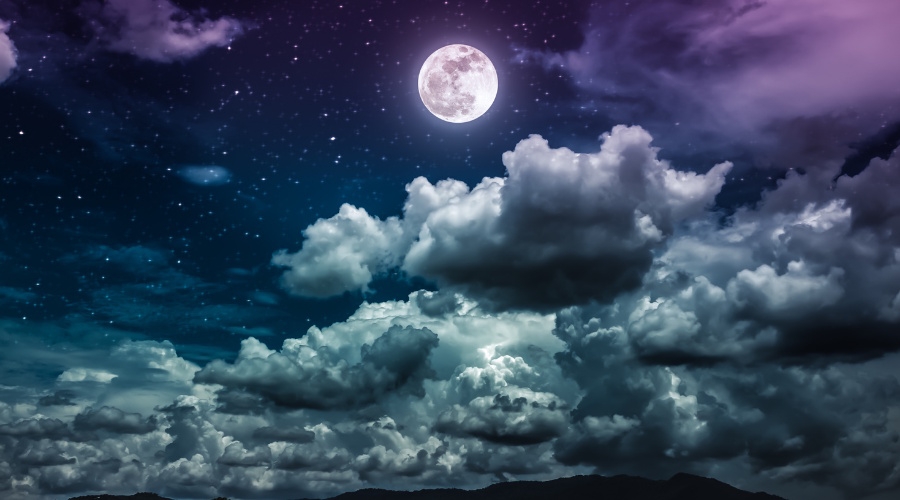 |
Full Moon happens on December 29 or 30, depending on your time zone. |
Is there a full Moon every month?
The Moon’s phases and the months of the year are inextricably linked - the word 'month' even takes its root from the word 'moon'.
A month was originally defined to be either 29 or 30 days, roughly equal to the 29.5-day lunar cycle. However, some of our calendar months were later padded out with extra days, in order that 12 months would make up one complete 365-day solar year.
Because our modern calendar isn’t quite in line with the Moon’s phases, sometimes we get more than one full Moon in a month. This is popularly known as a blue moon.
What is a Supermoon?
The distance between the Moon and the Earth varies, because the Earth is not right at the centre of the Moon’s orbit and the Moon’s orbit is not a circle (it’s an ellipse).
The moment when the Moon is closest to the Earth is called a lunar perigee. When the Moon is furthest away it is known as a lunar apogee.
If the lunar perigee occurs very close to a full Moon, then we see what is known as a Supermoon. If a lunar apogee occurs very close to a full Moon then we see a Micromoon.
When is the first full moon of 2021?
If the weather doesn’t cooperate on Dec. 29, or if it slips your mind, the next full moon is only a month away. The first full moon of 2021, nicknamed the full wolf moon, will be shining on Jan. 28 at 2:16 p.m. Eastern time.
There will also be four eclipses in 2021.
A total lunar eclipse will take place on May 26, an annular solar eclipse will be June 10, a partial lunar eclipse between Nov. 18 and Nov. 19, and a total solar eclipse on Dec. 4.
Full Moon calendar 2021
| FULL MOON DATE AND TIME | FULL MOON NAME |
|---|---|
| 28 January (7.16pm) | Wolf Moon |
| 27 February (8.17am) | Snow Moon |
| 28 March (7.48pm) | Worm Moon |
| 27 April (4.31am) | Pink Moon (supermoon) |
| 26 May (12.13pm) | Flower Moon (supermoon) |
| 24 June (7.39pm) | Strawberry Moon |
| 24 July (3.36am) | Buck Moon |
| 22 August (1.01pm) | Sturgeon Moon |
| 21 September (12.54am) | Full Corn/Harvest Moon |
| 20 October (3.56pm) | Hunter's Moon |
| 19 November (8.57am) | Beaver Moon |
| 19 December (4.35am) | Cold Moon |
| A full moon occurs every 29.5 days. Most year will see one full moon per month – 12 full moons a year in total, Country Living Magazine cites. Some years, however, have 13 full moons mean two occur in the same month. This is how a Blue Moon occurs – it's the second full moon in the same month. In 2020, there was a Blue Moon in October. 2021 will have 12 full moons. |
Check the calendar of Full Moon for the whole year of 2021 here!
 What is the First Meal Eaten on the Moon What is the First Meal Eaten on the Moon When Neil Armstrong and Buzz Aldrin first set foot on the moon, they couldn’t pop champagne or light up sparklers (for obvious reasons). Instead, they ... |
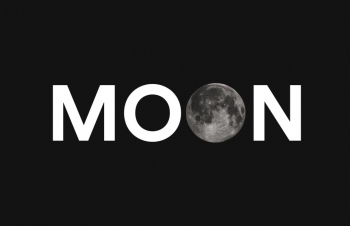 Facts about the MOON: Top 12 Interesting Things Facts about the MOON: Top 12 Interesting Things At a distance of 384,400 km from the Earth, the Moon is our closest celestial neighbour and only natural satellite. Like the Earth itself, the ... |

